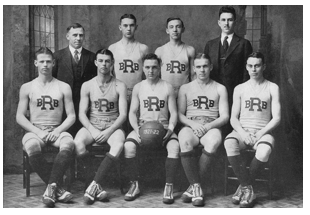Very beautiful mild day. To College 8:30 to 12. To Country with Father and H.H. Planted corn, potatoes, peas, etc. Home. Chored around in P.M. John and Anna here. Aeroplanes performed over city all P.M. in connection with Liberty Loan. Took bath. To bed.
**********
Here is some information I found on the internet about Liberty Loans:
**********
This is the end of my transcription of Stanford's 1919 Journal. If you have come to this blog in the middle, please go to the May 4, 1919 post to continue with Stanford's account of his life in the year 1919.
The 1920 Blog continues here: Datebook 1920. See you there!!
**********
Here is some information I found on the internet about Liberty Loans:
Details of the LoansThese loans were made to help finance the war effort. Here is more information about how the government sold the idea to the public:
The Liberty Bonds and Victory Notes were issued under authority of the Acts of Congress approved April 24 1917, Sept. 24 1917, April 4 1918, July 9 1918, Sept. 24 1918 and March 3 1919, and pursuant to official Treasury Department circulars.
Campaigns of education were inaugurated making widely known the causes of the war, the object sought by victory, and the necessity of financing the Allies and supporting the military arm of the Government. To the thoroughness of the educational campaign may be attributed much of the success of the issues. It convinced everyone that each man, woman and child must " do his bit." It made an army of workers with an individual responsibility. No device to assemble crowds was ignored, and there was no assembly without its speakers. Bands, processions, parades, balloon ascensions, flights of aeroplanes dropping leaflets, steeple climbers, altars of liberty, " Nation Days " for aliens and citizens of foreign birth, and, later, captured tanks, cannon and submarines, pyramids of German helmets - all were used. Walls were covered with special cartoons; magazines and newspapers contained full pages of advertising.
**********
This is the end of my transcription of Stanford's 1919 Journal. If you have come to this blog in the middle, please go to the May 4, 1919 post to continue with Stanford's account of his life in the year 1919.
The 1920 Blog continues here: Datebook 1920. See you there!!





















